Know Five Common Diseases of Edible Plants
Pests are organisms that cause damage or injury to plants. Generally, they can be insects, pathogens such as fungi, bacteria and viruses and plant parasitic nematodes. Here are five common pathogens of edible plants. Learn more about them and how you can keep your garden safe from their attack.
Bacterial Wilt
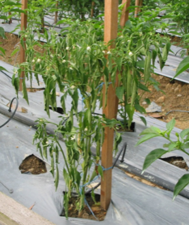
Bacterial wilt is caused by a soil bacterium that is spread through root wounds and infected soil. Fruiting vegetables such as brinjal, chilli and tomato are vulnerable to bacterial wilt.
Symptoms
The leaves start wilting first, followed by the rest of the plant. Affected stems and roots will show bacterial ooze when cut.
Preventive and control measures
Use clean and bacteria-free seeds, or bacteria-resistant varieties of seeds. Ensure your cutting tools are well sterilised, particularly after handling unknown or infected plants.
Leaf Spots
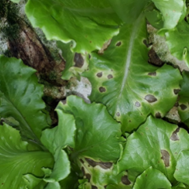
Leaf spots are caused by airborne fungi that are spread through air and infected seeds. Most leafy and fruiting vegetables are vulnerable.
Symptoms
Brown or reddish-purple spots with dark margins can be seen on the leaves.
Preventive and control measures
Remove and dispose of diseased plants immediately in a sealed bag or a bin away from the garden to prevent further spread. Plant seeds or seedlings with adequate spacing to minimise contact between leaves.
Powdery Mildew
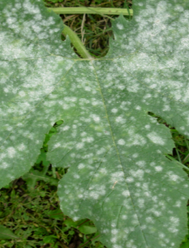
Powdery mildew is caused by a fungus that develops in humid and overcrowded conditions.
Vulnerable plants include fruiting vegetables such as bitter gourd, cucumber and pumpkin.
Symptoms
Powdery white spots will develop on the upper surface of the leaves. Leaves may also curl and break.
Preventive and Control Measures
Avoid watering the plants directly on the leaves. Remove and dispose of diseased plant parts immediately in a sealed bag or a bin away from the garden to prevent further spread.
Collar Rot
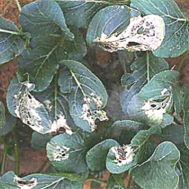
Collar rot is caused by a soil fungus that is spread through infected underground plant parts
and infected soil. This can occur in most leafy and fruiting vegetables.
Symptoms
The leaves turn black and begin to rot. Root collars and roots will also rot and collapse.
Preventive and Control Measures
Provide well-draining soil and prevent waterlogging. Remove and dispose of diseased plant parts immediately in a sealed bag or a bin away from the garden to prevent further spread.
White Rust
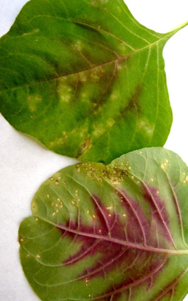
White rust is caused by a fungus that favours cool and moist environments, and can be spread via wind, water or insects. Look for white rust in leafy vegetables such as Chinese cabbage, Chinese spinach, kang kong and sweet potato.
Symptoms
Yellow discolouration and lesions will form on the upper side of the leaves. White or
cream-coloured rust spots with raised centres will be visible on the underside of the leaves.
Preventive and Control Measures
Avoid watering the plants directly on the leaves. Remove and dispose of diseased plant parts immediately in a sealed bag or a bin away from the garden to prevent further spread.
How to Mitigate Diseases
Integrated Disease Management is a strategy that aims to control pathogens through a combination of exclusion, avoidance and eradication methods. It involves the use of biological controls, change of cultural practices, and mechanical controls to prevent plant diseases in the garden.
Benefits of an Integrated Disease Management programme:
1. Reduces the occurrence of disease attack in edible plants
2. Less harmful to the environment
3. Environmentally friendly and affordable
Exclusion methods
These methods are to exclude pathogens from an area to prevent them from becoming established. They include checking seeds for fungi before planting and using sterilised gardening equipment.
Eradication methods
These measures remove pathogens before they become prevalent in an area. Examples include destroying weeds that may be reservoirs for pathogens through biological control methods, controlling weeds through crop rotation and solarising the soil (that is using the sun’s energy to raise soil temperature and kill soil-borne pathogens) before planting the next crop cycle.
Avoidance Methods
Such measures help avoid introducing diseases into an area. To do so, you can practise crop rotation, use Neem oil and other horticultural oils to create a chemical barrier between plant surfaces and potential pathogens and by removing infected plant parts promptly and disposing of them properly in sealed bags away from the garden.
Gardening with Edibles
The City in Nature vision seeks to bring greenery closer to all residents. The community plays a key role in the ownership and stewardship for nature which will benefit our health and well-being.
NParks is partnering residents to make Singapore our City in Nature and spark a love for community gardening through the Gardening with Edibles initiative launched in June 2020. Under this programme, some 400,000 free seed packets have been distributed to interested members of the public. Relevant resources are also available online, to guide gardeners along the way.
Also, NParks is expanding the allotment gardening scheme and the Community in Bloom programme, to welcome even more residents into the gardening family.
The Gardening with Edibles initiative is aligned with Singapore’s national strategy to strengthen our food resislience. The “30 by 30” goal, led by the Singapore Food Agency, aims to produce 30% of Singapore’s nutritional needs locally by the year 2030. The programme is jointly funded by founding partners DBS Bank and Tote Board through the Garden City Fund.
Learning More
If you are a gardening newbie, visit NParksSG, our refreshed YouTube Channel that serves as a one-stop repository for close to 300 video resources. It covers topics ranging from types of soil needed for your garden and how to plant, harvest and even cook your edibles.
How can you make your garden more welcoming to bees? Learn more here.
Keep your garden safe from attack by insect pests. Learn more about five such common pests of edible plants here.
How can you make your garden more welcoming to bees? Learn more here.
Learn more NParks’ Plant Health Services whose work helps keep Singapore safe from the incursion of exotic plant pests.
For more information about the flora and fauna found in Singapore, please visit Flora and Fauna Web.
If you like what you read, follow us on Facebook, Instagram and Telegram to get the latest updates.
Text from Plant Science and Health Branch


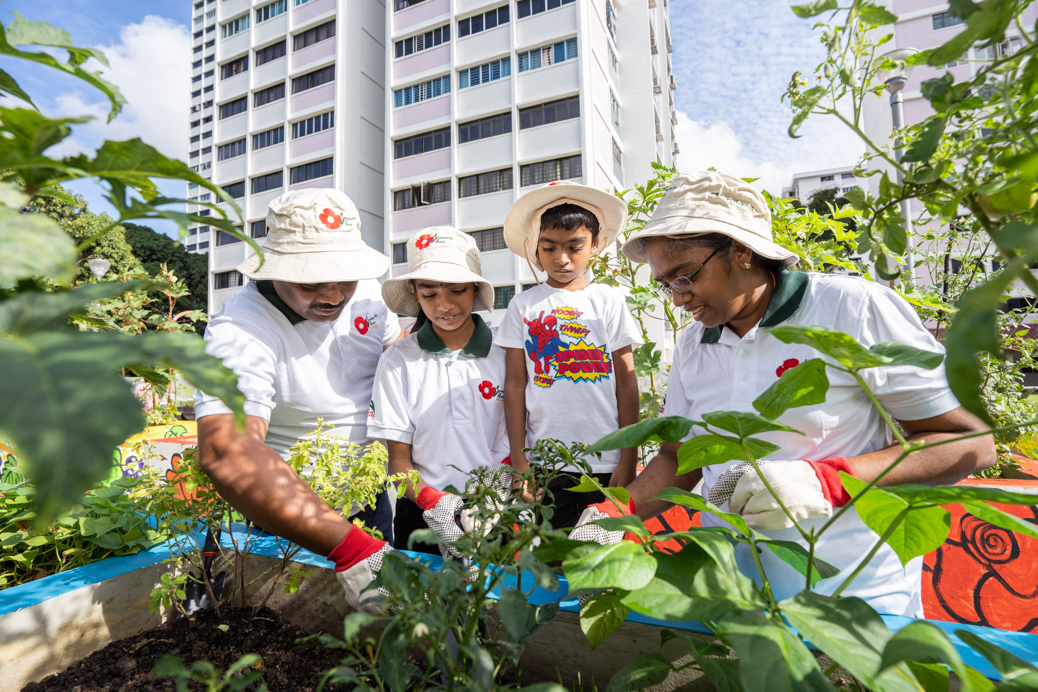
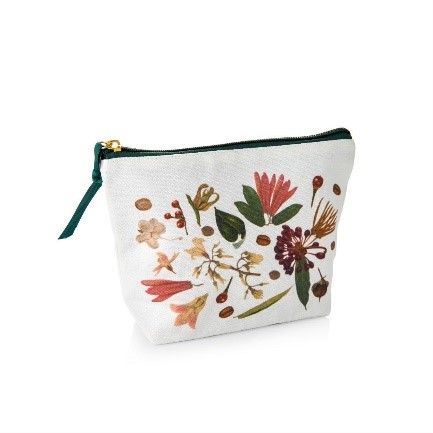

Have views or comments on this article? Let us know via this form. If you would like to give us feedback on any other areas relating to our parks and gardens, please submit via https://www.nparks.gov.sg/feedback